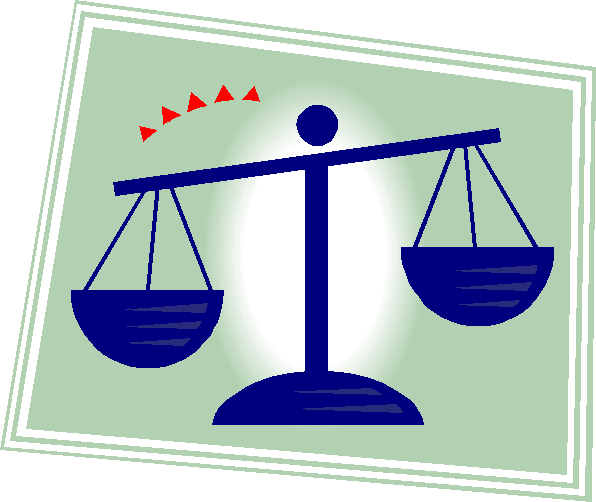
How to Use the Home Energy Affordability Gap - Other Ideas
The dictionary defines "tool" as a device that provides a mechanical or mental advantage in
accomplishing a task. The Home Energy Affordability Gap certainly qualifies as a tool. The Home Energy
Affordability Gap provides an effective means of communicating the extent to which "actual" home
energy bills exceed "affordable" home energy bills for low-income households .
Just as a hammer can be used to frame a house, attach a roof or hang a picture, the Home Energy Affordability Gap model and analysis is a tool that can be used for many different purposes. The user can gain different insights by changing two factors within the model:
Fuel prices:
The model can be exercised using different price assumptions for any one or all of the following fuels: natural gas, electricity, propane
and fuel oil. Analyses have been performed with historical prices, current prices, projected prices and "what-if" prices.
The level of aggregation:
Home Energy Affordability Gap data can be aggregated for any geographical area made up of counties
or zipcodes.
For example, Home Energy Affordability Gap analyses have been prepared for:
• Individual state House and state Senate districts within a state,
• Congressional Districts within a state,
• The service territory of a specific public utility, and
• Census Divisions within the United States.

Justifying Low-Income Winter Discounts
Advocates often argue that existing sources of energy assistance are insufficient, and that additional funding from states or individual utilities is merited.
The Home Energy Affordability Gap analysis can isolate specific utility territories to determine the total affordability shortfall and provide a basis to compare that shortfall with existing sources of energy assistance.
Informing Local Officials of Local Home Energy Needs
Whether advocating for increased energy assistance funding, or reviewing the impacts on local affordable housing programs,
the Home Energy Affordability Gap analysis helps local officials determine the individual and aggregate Affordability Gap,
as well as the Gap by different levels of Poverty for their specific community.
Local Home Energy Affordability Gap data and analyses can also be used to prepare (or comment upon) local and state Consolidated Plans.

Quantifying Impact of Price Changes for Specific Fuels
When Maryland electric prices increased, and when Michigan gas prices increased, policymakers and advocates were interested in documenting the impact on low-income households.
The Home Energy Affordability Gap allows for an assessment of individual and aggregate impacts given different levels of price increases.
Relating Utility Arrears/Disconnects with Energy Burdens
While many people believe that increasing energy prices result in spiraling rates of utility arrears and, ultimately, utility service disconnections,
there is remarkedly little empirical documentation of this relationship.
The Home Energy Affordability Gap analysis allows stakeholders in any state (or other geographic area) to empirically document the relationship between arrears,
disconnects and changes in Home Energy Burdens and the total Home Energy Affordability Gap.

Setting Levels of UTILITY Rate Assistance
When state legislatures or utility commissions consider low-income assistance programs, the level of need is a key question in making budget decisions.
The Home Energy Affordability Gap analysis can document that level of need under varying assumptions of fuel prices, changes in income, and participation rates.
Assessing Cost-of-Living for Families (with children)
Community-based service providers must often demonstrate the poverty needs in their community when seeking either public or private program funding
(whether that funding is for energy, housing, food or some other service).
The Home Energy Affordability Gap analysis can help community-based organizations document the income shortfall given high and increasing energy prices on a state, county or local basis.

Moving Resources Between Programs
One question frequently faced by energy program administrators is whether to spend money on weatherization or cash assistance.
The Home Energy Affordability Gap analysis allows for a calculation of the impact on the overall affordability of energy assuming that consumption is reduced by x% through weatherization.
This can be compared to improvements in affordability based on the distribution of cash assistance.
Distributing Energy Assistance Dollars
When existing energy assistance dollars are distributed, program managers must decide who gets how much.
The Home Energy Affordability Gap analysis can be used to determine where the need lies, by geographic area, fuel type, and Poverty Level.


